| |
|
|
|
|
||
|
||||||||||||||||||||
|
|

ApproachT he Ars Electronica Futurelab defines information design
as the art and science of using the techniques and tactics of content configuration &
display to make the complex accessible, the hidden perceptible and the undepictable
visually eloquent. The upshot: synergies among contents and new approaches to them;
perspectives and realities become variable and comparable; bringing forth otherwise
unthinkable processes of exchange and ways of looking at interrelationships. The
functional, aesthetic and content-driven demands that a project?s context places on
this information design process are worked out in a way that is customized to the
particular field of application?high-end 3D visualizations, real-time graphics,
animated films, new interactive approaches to Web-based applications, visualizations
for architectural and industrial uses, and interactive simulations.Work in the field of information design is an essential component of the atelier-lab?s signature approach to a task, one that conceives the design of the human-computer interface as a matter of mediating among human beings, spaces, objects and content. Applying information design to this mediation process means that the way information is prepared is an integral part of the mediation scenario itself. ExperienceV irtual Schönbrunn,
a 3D visualization of the imperial palace in Vienna, is a mobile representational medium that sets
breathtaking new standards in the digital conservation of historical treasures that are a part of
mankind?s cultural heritage. In comparison to a visit to the original interiors, this virtual counterpart
displays considerably higher information density since visitors to the simulated environment are not
restricted by the force of gravity to examining only the wall decorations closest to the ground, and
there are no velvet ropes to prevent them from getting right up close to superb artistic details depicted
through the use of high-resolution digital technology. 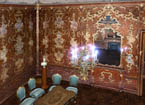
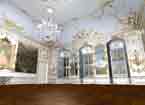
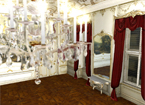 W ikimap applications
illustrate a specific way of representing user-generated
content. In the linkup of digital cartography with the possibilities of location-specific exchange of
multimedia communiqués, material and virtual spaces merge and reciprocally enrich one another with content
in such a way that novel community formats emerge; plus, by designing in supplementary analytical
functions, they can serve as efficiency-enhancing tools for a broad spectrum of user groups.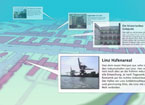
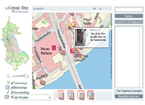
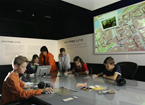 P roduct visualizations for Swarovski,
in turn, presented a very different set of challenges to the way information is depicted. These high-end
3D real-time works of animation were the outcome of an R&D project commissioned to come up with a naturalistic
way of getting across the material and visual qualities of cut crystal objects, how they refract light and make
it explode with color, and to create a means that would serve the company as a flexible framework for product
presentations (custom-made articles, etc.).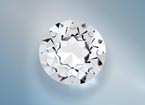
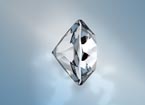
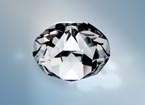 |
| © Ars Electronica Linz GmbH, info@aec.at | ||||||||||